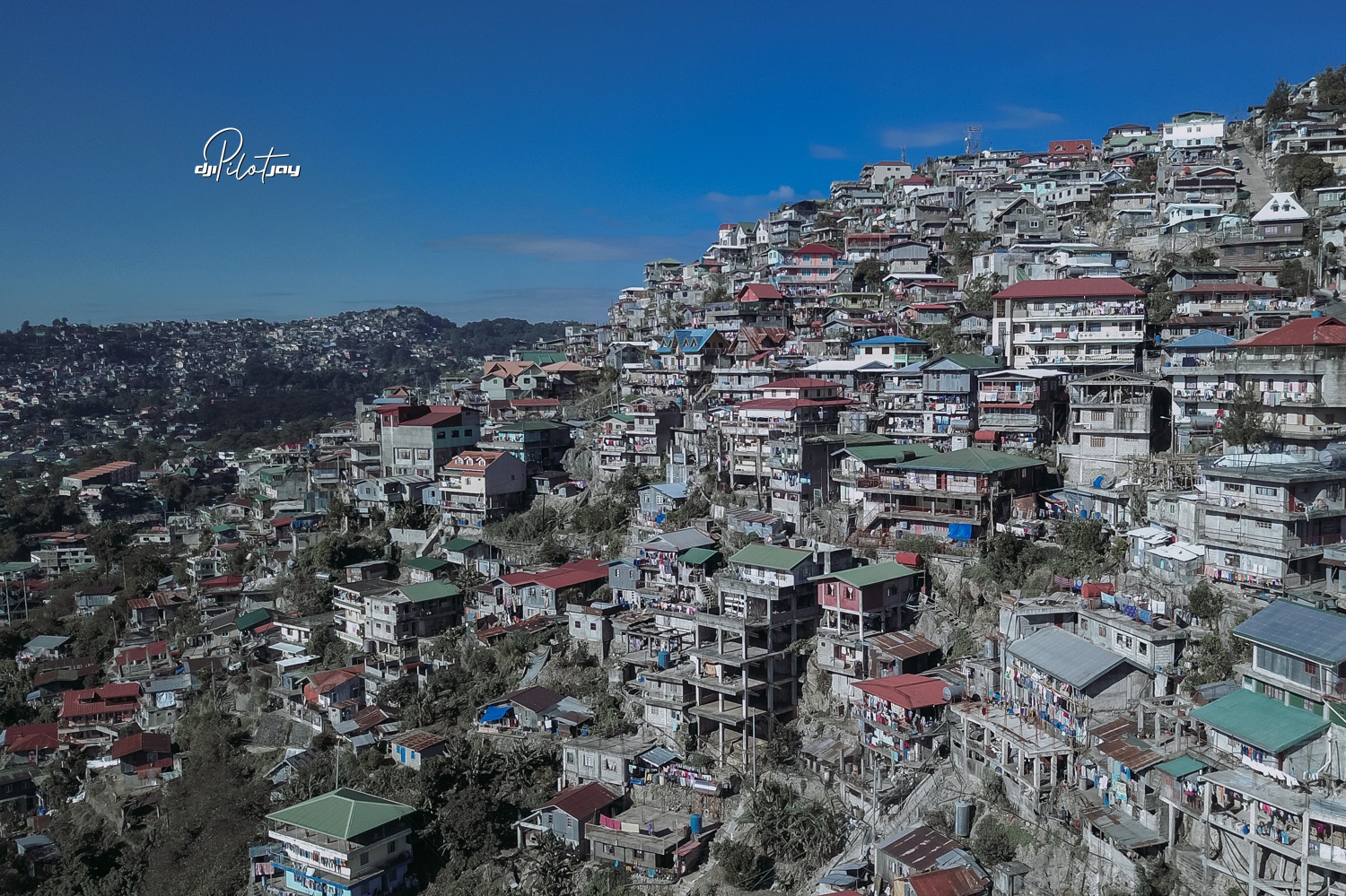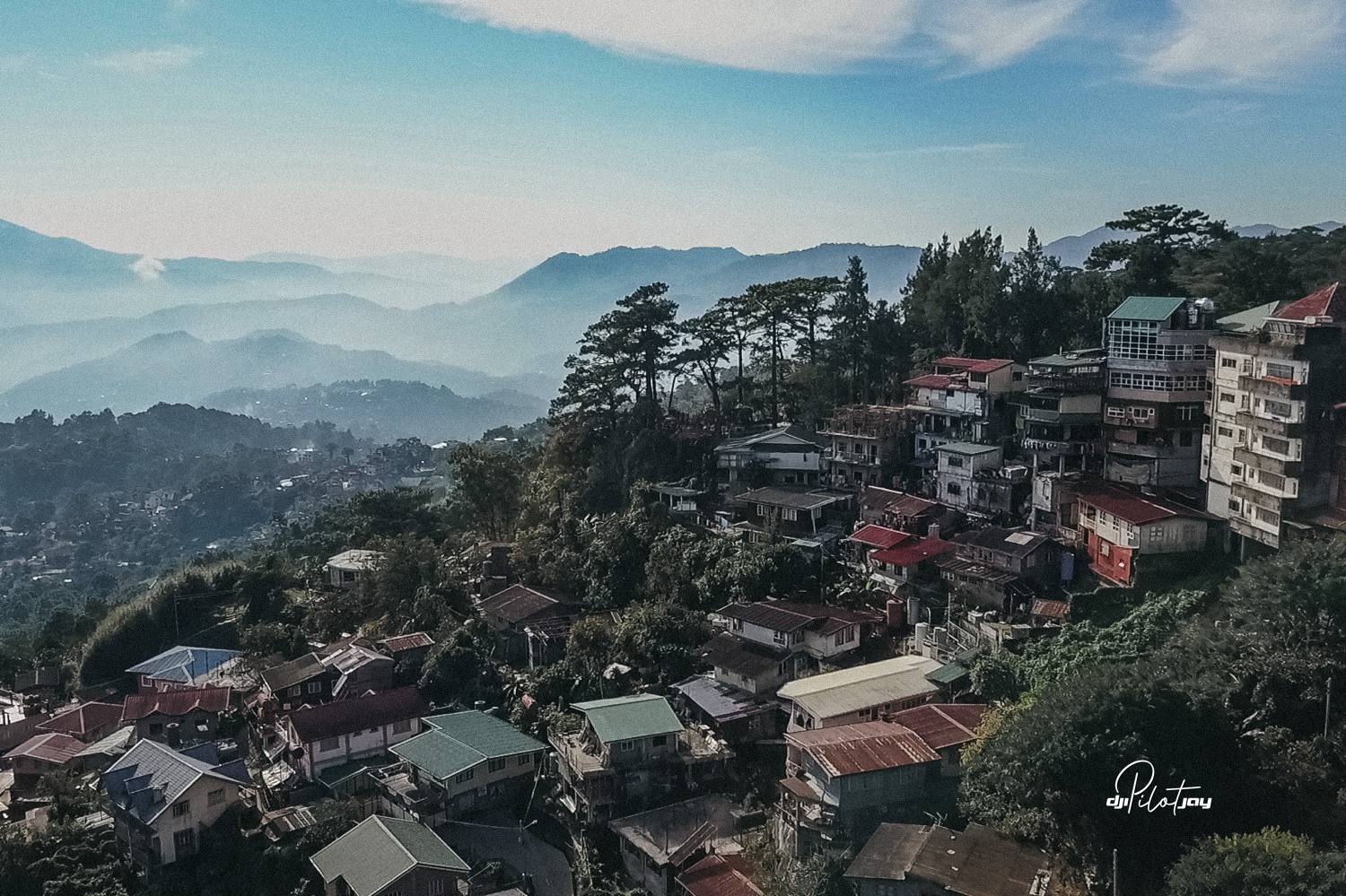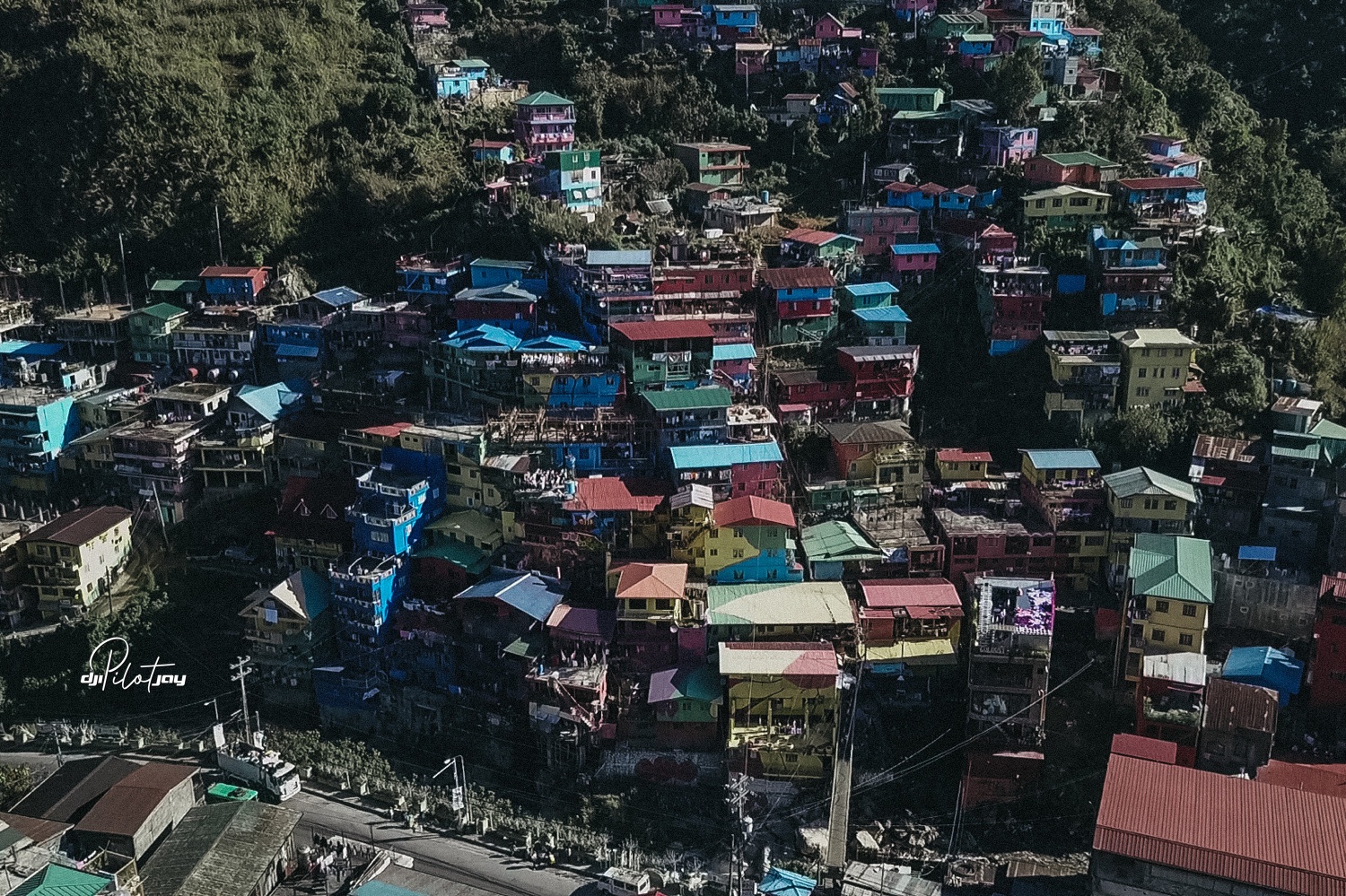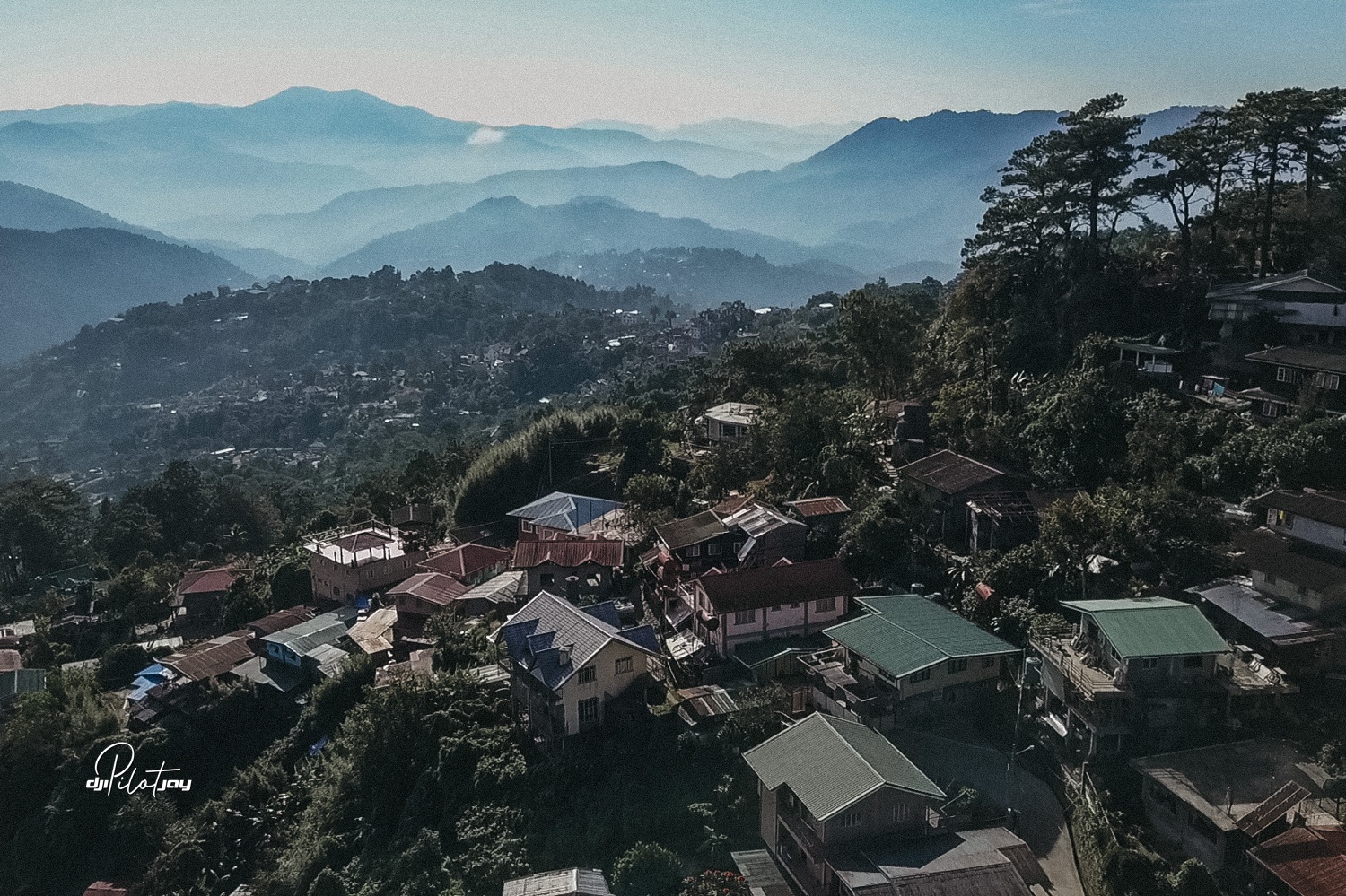A sunkissed El Nido, Palawan
PCAR 11.1 Definitions
Source: CAAP Website
Sixth Amendment – 01 July 2016
PART 11
Aerial Work and Operating Limitations for Non-Type Certificated Aircraft
11.1.1.2 DEFINITIONS
(1) Aerial work. An aircraft operation in which an aircraft is used for specialized services such as agriculture, construction, photography, surveying, observation and patrol, search and rescue, aerial advertisement, etc.
(2) Aerobatic flight. An intentional maneuver involving an abrupt change in an aircraft’s attitude, an abnormal attitude, or abnormal acceleration, not necessary for normal flight.
(3) Agricultural aircraft operation. The operation of an aircraft for the purpose of—
(i) Dispensing any economic poison,
(ii) Dispensing any other substance intended for plant nourishment, soil treatment, propagation of plant life, or pest control, or
(iii) Engaging in dispensing activities directly affecting agriculture, horticulture, or forest preservation, but not including the dispensing of live insects.
(4) Banner. An advertising medium supported by a temporary framework attached externally to the aircraft and towed behind the aircraft.
(5) Beyond Visual Line Of Sight (BVLOS) an operation in which the remote pilot or RPA observer maintains contact with the RPA other than using VLOS.
(6) Congested area. A city, town or settlement, or open air assembly of people.
(7) Controlled Airspace an airspace of defined dimensions within which air traffic control service is provided in accordance with the airspace classification.
(8) Controller of an RPA means a person who manipulates the flight controls of a Remotely Piloted Aircraft.
(9) Detect and Avoid the capability to see, sense or detect conflicting traffic or other hazards and take the appropriate action.
(10) Economic poison. Any substance or mixture of substances intended for—
(i) Preventing, destroying, repelling, or mitigating any insects, rodents, nematodes, fungi, weeds, and other forms of plant or animal life or viruses, except viruses on or in living human beings or other animals, which the Republic of the Philippines may declare to be a pest, and
(ii) Use as a plant regulator, defoliant or desiccant.
(11) Large RPA means RPA with a gross weight of 7kgs and above.
(12) Prohibited Airspace an airspace of defined dimensions identified by an area on the surface of the earth in which flight of aircraft is prohibited. Such areas are established for security or other reasons associated with the national welfare.
(13) Remotely Piloted Aircraft (RPA) an unmanned aircraft which is piloted from a remote pilot station.
(14) Remotely Piloted Aircraft System (RPAS) a remotely piloted aircraft, its associated remote pilot stations, the required command and control links and any other components as specified in the type design.
(15) Rotorcraft load combinations. Configurations for external loads carried by rotorcraft—
(i) Class A – external load fixed to the rotorcraft, cannot be jettisoned, and does not extend below the landing gear, used to transport cargo.
(ii) Class B – external load suspended from the rotorcraft, which can be jettisoned, and is transported free of land or water during rotorcraft operations.
(iii) Class C – external load suspended from the rotorcraft, which can be jettisoned, but remains in contact with land or water during rotorcraft operation.
(iv) Class D – external load suspended from the rotorcraft for the carriage of persons.
(16) Small RPA means RPA with a gross weight of below 7kgs.
(17) Visual Line Of Sight (VLOS) an operation in which the remote pilot or RPA observer maintains direct unaided visual contact with the remotely piloted aircraft. (per Memorandum Circular no. 29-15, series of 2015)
11.1.1.3 ABBREVIATIONS
The following abbreviations are used in Part 11:
(1) AGL – Above Ground Level
(2) PIC – Pilot-in-command
(3) IFR – Instrument Flight Rules.
Morning aerial photos from Baguio City, Philippines
Winning Drone Photo from WPPP Print Competition















